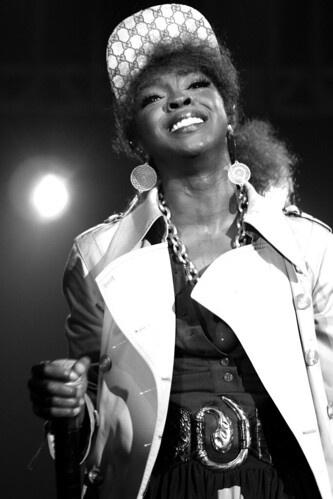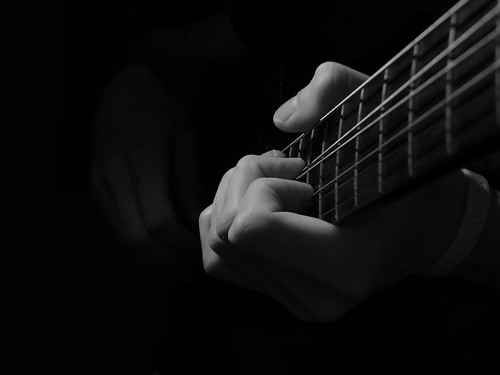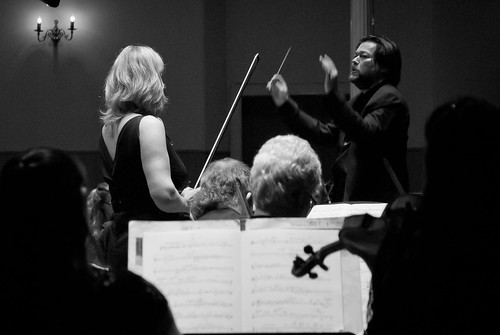While R&B refers to rhythm and blues music, as in the genre that originated in 1940s America, when most people refer to R&B they tend to be talking about contemporary R&B, which rose during the 1980s as a variety of genres, particularly disco, soul, and jazz, were in decline.

The rhythm and blues genre of the past is the parent of contemporary R&B. While the modern variant has all the hallmarks of original R&B, the use of synthesizers and drum beat machines, as well as mixing platforms, are widely used to create a slick, well-produced type of music that is loved the world over.
The Fall of Disco
The fall of disco music in the early 80s meant there was a huge gap in the market to be exploited. Ironically, it was stars that had enjoyed some success with disco, including Michael Jackson, that were the first to make the crossover into modern R&B. Because R&B grew from the death of disco, and because of artists like Michael Jackson, Marvin Gaye, Whitney Houston, and Janet Jackson, this first ‘era’ of contemporary R&B was very much a derivative of pop music.
Janet Jackson is not often widely credited as a leading light in R&B, but her 1986 album Control was a big influence, and still is to this day, as it represented the first time funk and disco had been brought together effectively, while synth effects, electronic percussion, and rap elements were also included. In terms of how we see R&B today, Control was the first real example.
Mainstream R&B
The 1990s were characterised by R&B moving away from its pop music sound and moving more towards a hip-hop and rap vibe. Despite this trend, artists like the Jacksons, in addition to Boyz II Men, Houston, and R Kelly, among others, all enjoyed considerable crossover success and a variety of mainstream chart hits.
Later in the decade, the lines between R&B, hip-hop, and pop would become more blurred than ever, with Mariah Carey, Lauryn Hill (both with The Fugees and as a soloist), and Missy Elliott, all releasing albums and winning awards for work that wasn’t a pure fit into either sub-genre.
Many artists who enjoyed this success by merging genres, including Carey, Houston, and the Jacksons, are established as some of the best-selling musicians ever, and their music is still widely popular among consumers today, and often cited as an inspiration by emerging artists.
2000s and Beyond: The Trend Continues
Perhaps the biggest indication of the pull of modern R&B music is how artists known for their gritty, almost hardcore style, like Dr. Dre and Snoop Dogg, made the move to become more mainstream. Eminem is widely credited for the re-emergence of rap, but even his music was more pop and contemporary R&B orientated than he would probably like to admit.
While Destiny’s Child and other groups had great success, R&B from the 2000s has been more about solo artists, as seen in the continued appeal of crossover stars like Rihanna and Bruno Mars, who have further helped R&B to evolve by using the latest technology to a new range of effects and sounds.
Image Author: DaigoOliva




